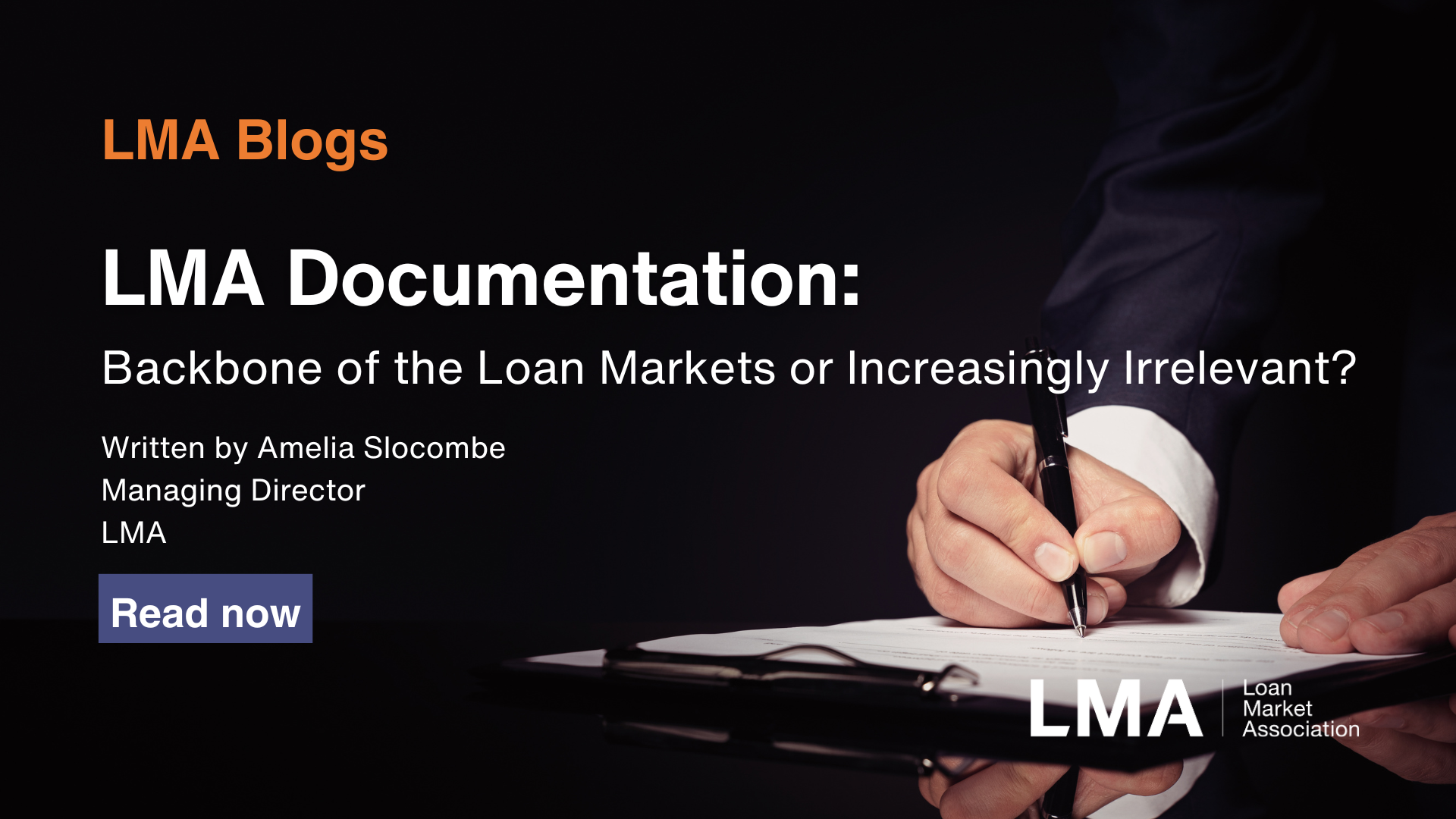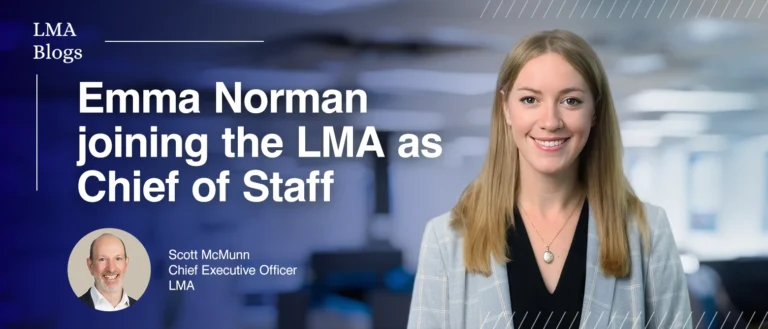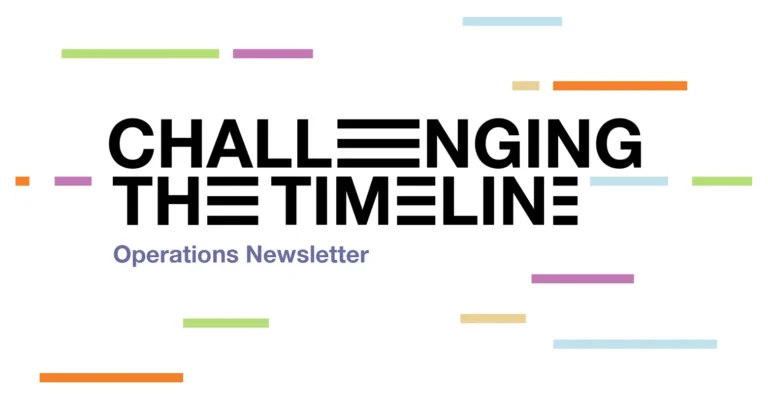Something I have always found fascinating when debating the true value of LMA documents is that there is a stark difference in opinion between people who proudly proclaim they represent the gold standard of any lending transaction, versus people who just as loudly query the point of our documents at all.
In the blue corner, we have those who can’t imagine navigating the financial world without them– admittedly a lot of them are lawyers, but also commercially minded professionals who have witnessed the consequences of inadequate documentation during the financial crisis. The LMA REF templates for example were, incidentally, a direct by-product of the Global Financial Crisis, when real estate investors realised that a 20-page loan agreement and a poorly drafted intercreditor just didn’t cut the mustard when it came to protecting investments and trying to get your money back.
Meanwhile, in the red corner we have, well, pretty much anyone who works on sponsor-driven leveraged deals. And that’s because, like it or not, that part of the loan market left the LMA fold many years ago following the explosion of cov-lite transactions and an influx of US PE houses, NY law bond-style drafting and, perhaps most crucially, US law firms into the European leveraged loan market.
So, who is in the right here?
Clearly as someone who has worked with LMA documents for over 15 years, I’m very much part of the blue team. And it would be easy for me to justify that choice by reeling off a stream of bullet points listing all the well-known protections that an LMA document brings. But let’s face it, you’ve heard them all before – probably as a result of reading every press release we’ve ever circulated each time a new LMA template is published.
But the problem with that well-cited list of benefits is, they aren’t particularly verifiable. LMA documents promote market efficiency by providing a sensible starting point for negotiation – really? Prove it. They attract new investors to the market by adopting a familiar framework and a degree of commoditisation – who are these new investors? They save negotiation time and reduce transaction legal spend – fine, but how much time and how much money exactly?
For those who operate in an analytical world driven by data, KPIs and performance metrics (or more to the point, aren’t the people who do the actual drafting) the above list of advantages rings pretty hollow.
But do you know what is tangible? Money. Either making it, or saving it. And do you know what costs a lot of money? Two things. Agreeing a provision in a document which creates an obvious loophole and allows someone to get out of paying someone what they owe. Or worse. Agreeing a provision in a document which creates a less obvious loophole. And then having to go to court and losing.
When you look at it that way, the argument supporting the value of LMA documents is much simpler. Can you guess how many cases involving LMA documents have ever gone to court in the last 20 years? Barely any. And for those which have – think Torre Asset Funding vs RBS, AMC III Purple BV v Amethyst, Raiffeisen v RBS, GSO v Barclays, andTael One Partners Limited v Morgan Stanley – LMA drafting won the day. Which is not really surprising when you think about it. LMA documents are so carefully drafted, so intimately challenged and scrutinised by some of the world’s best finance practitioners that it’s very difficult for anyone to say in court that they thought they said something different. Contracts are all about intention of the parties at the end of the day, and thanks to the painstaking way LMA documents are produced, that intention is hard to contest.
Let’s contrast that then to the sponsor-driven world of leveraged finance. Here, there are court cases aplenty, particularly in the US, where loan agreement provisions have been challenged – Serta, Chewy and J Crew being three very famous examples. Whether those provisions were drafted loosely by accident or design is largely irrelevant, because the end result is the same: the associated litigation costs are huge.
Of course, to analyse the true “value” of LMA documents would be the subject of a thesis, not a blog. But even by considering litigation risk as a monetary proxy supporting their worth leads me to the obvious conclusion that, unless the point of a loan agreement is to create a complicated game of hide and seek by which borrowers or minority creditors are meant to discover creative loop holes which allow them to exploit uncertainty and litigate accordingly, there is huge value in templates such as those published by the LMA which create the legal foundation by which everyone can reach a sensible, consensual agreement from the outset. And take immense comfort from the fact that the agreement will likely be supported even if tested in a court of law.
Despite this, it is of course highly unlikely that the leveraged market’s penchant for using sponsor documents will ever change (unless of course there is another huge financial crash). That ship has very much sailed. And whether it’s right or wrong, just as there are lawyers who proudly advertise themselves as having the requisite skill set to draft LMA documents, there are others who advertise their expertise as creating document loopholes to give clients maximum future flexibility.
So, love em or hate em, both sets of documents are very much here to stay. Furthermore, being a passionate supporter of one does not have any real bearing on use of the other.
Doesn’t stop me being Team Blue though.




